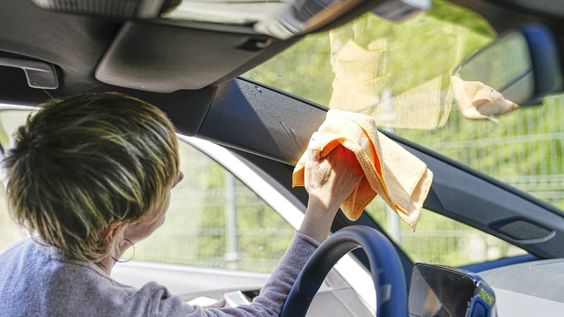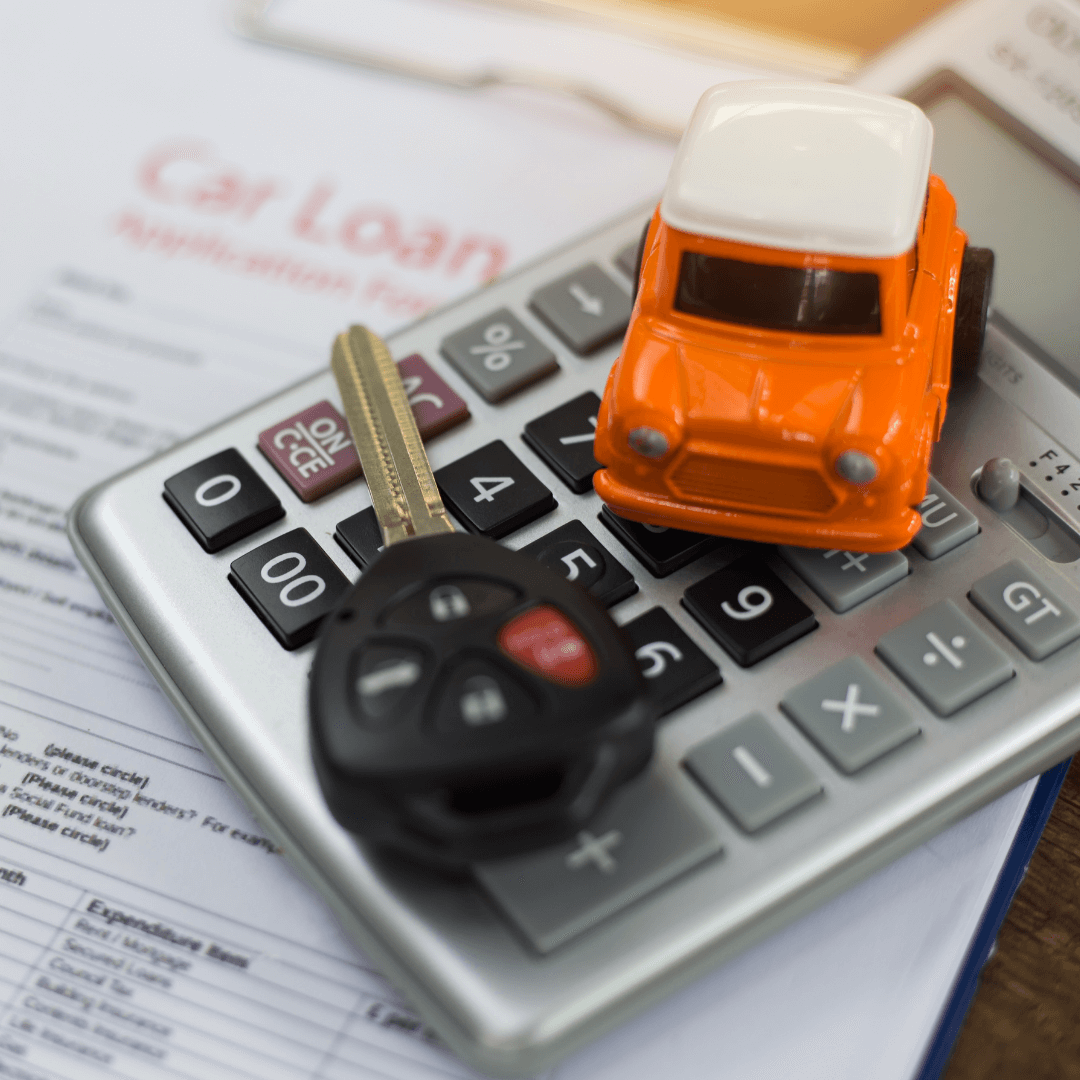Introduction:
Taking care of your car doesn't have to be a daunting task. Even if you're a complete beginner, there are plenty of simple DIY car maintenance tasks you can handle yourself, saving you money and giving you a sense of accomplishment. This guide will equip you with the essential tips and tricks to get started on your car maintenance journey.

Whether you're looking to change your oil, check your tire pressure, or tackle other basic tasks, we'll break down the process into easy-to-follow steps. You'll learn about the tools you need, safety precautions to take, and common mistakes to avoid. By the end of this article, you'll be confident in your ability to perform basic car maintenance and keep your vehicle running smoothly.
Essential Tools for DIY Car Maintenance:
Before you dive into any DIY car maintenance, it's crucial to have the right tools. Here's a list of essential tools every beginner should have:
- Jack and Jack Stands: These are crucial for lifting your car safely for tasks like tire changes or undercarriage inspections.
- Torque Wrench: This tool ensures you tighten bolts and nuts to the manufacturer's specifications, preventing over-tightening or loosening.
- Socket Set: A comprehensive socket set will allow you to loosen and tighten various nuts and bolts.
- Wrench Set: Wrenches are essential for gripping and turning nuts and bolts.
- Screwdriver Set: A variety of screwdrivers will come in handy for various tasks.
- Pliers: Pliers are useful for gripping and pulling objects.
- Multimeter: A multimeter can test electrical components and circuits.
- Car Manual: Your car's manual is your best resource for specific maintenance procedures and recommended intervals.
Basic DIY Car Maintenance Tasks:
Now that you have the necessary tools, let's explore some basic DIY car maintenance tasks you can perform:
1. Checking Fluid Levels:
Regularly checking fluid levels is crucial for your car's health. Here's how:
- Engine Oil: Use the dipstick to check the oil level. Top off as needed with the correct type of oil.
- Coolant: Check the coolant level in the reservoir. Top off with a 50/50 mix of coolant and water.
- Brake Fluid: Check the brake fluid level in the reservoir. Top off with brake fluid if necessary.
- Power Steering Fluid: Check the power steering fluid level in the reservoir. Top off with power steering fluid if necessary.
- Windshield Washer Fluid: Check the windshield washer fluid level in the reservoir. Top off with windshield washer fluid.
2. Changing Your Air Filter:
A clean air filter ensures your engine gets the proper amount of air. Here's how to change it:
- Locate the air filter box: It's usually located near the engine.
- Remove the old filter: Unclip or unscrew the filter housing and remove the old filter.
- Install the new filter: Place the new filter in the housing, ensuring it's properly seated.
- Secure the filter housing: Re-clip or screw the filter housing back in place.
3. Checking Tire Pressure:
Proper tire pressure is essential for safety and fuel efficiency. Here's how to check it:
- Use a tire pressure gauge: Screw the gauge onto the tire valve stem.
- Read the pressure: The gauge will display the tire pressure in PSI (pounds per square inch).
- Compare to the recommended pressure: Check your car's owner's manual or the sticker on the driver's side doorjamb for the recommended tire pressure.
- Adjust pressure if necessary: Use a tire pump to add or release air from the tires to reach the recommended pressure.
Safety Precautions:
Always prioritize safety when performing DIY car maintenance. Here are some essential precautions:
- Park on a level surface: Ensure your car is parked on a level surface before lifting it.
- Use jack stands: Never rely solely on a jack to support your car. Always use jack stands for added safety.
- Wear safety glasses: Protect your eyes from debris and potential splashes.
- Work in a well-ventilated area: Avoid working in enclosed spaces where fumes can build up.
- Don't work on a hot engine: Allow the engine to cool down before working on any components.
Conclusion:
Taking on DIY car maintenance can be a rewarding experience. By following these tips and practicing safety precautions, you can save money, learn new skills, and keep your car running smoothly. Remember to consult your car's owner's manual for specific maintenance procedures and recommended intervals. Happy wrenching!




